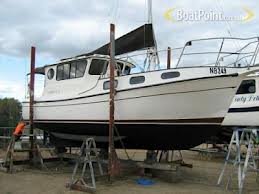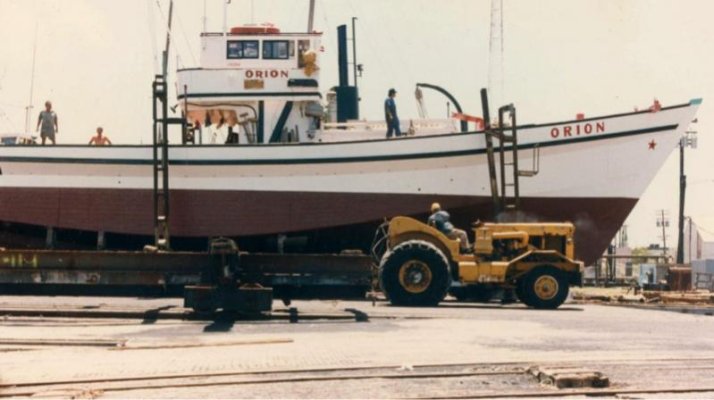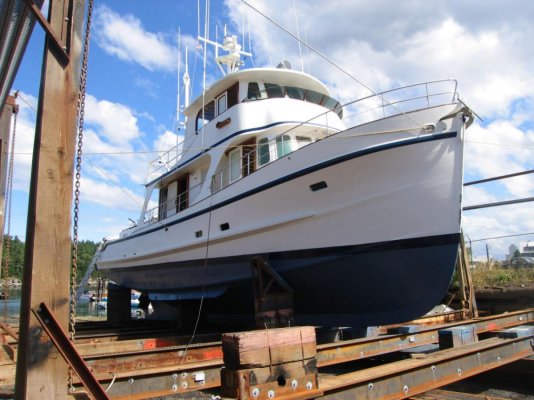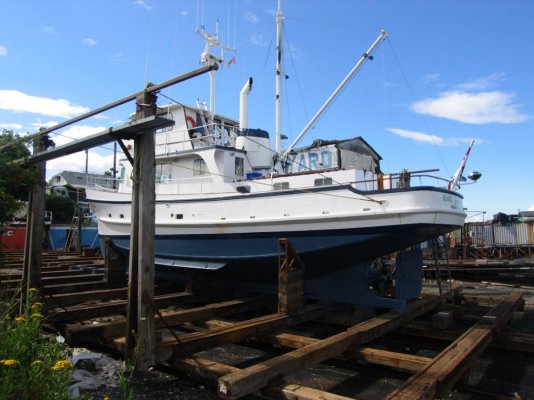psneeld
Guru
I'm having trouble defining exactly what the optimum 'displacement speed hull' is ??
As I looked thu that rather lengthy subject thread "Hull Shapes....show us your girls bottom", it appears to me that many different hull shapes can be operated reasonable well at displacement speeds. It's when they try to get above their displacement speed that they need a lot of tweeking.
I don't see where this general shape is that much different than the Grand Banks hulls, other than being a little flatter in the stern?
sure...ANY hull can be operated reasonably efficient at displacement speed..but it's pretty hard to water ski there....
I run the shamrock as an assistance tower...people aren't going to wait for me to show up at "displacement speeds"....









